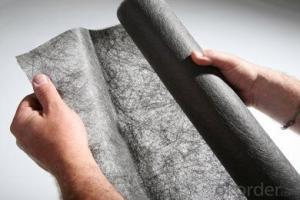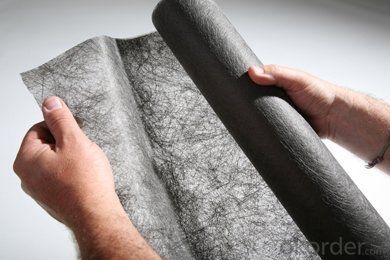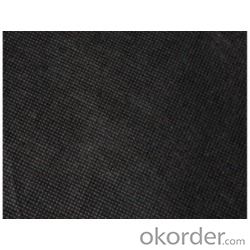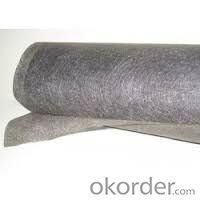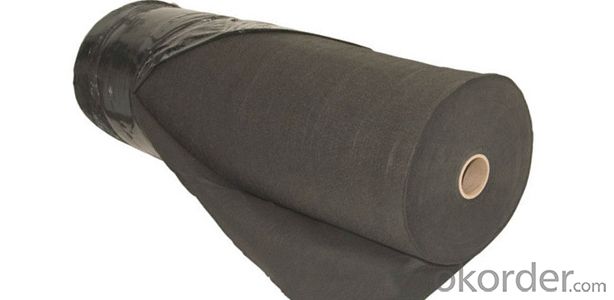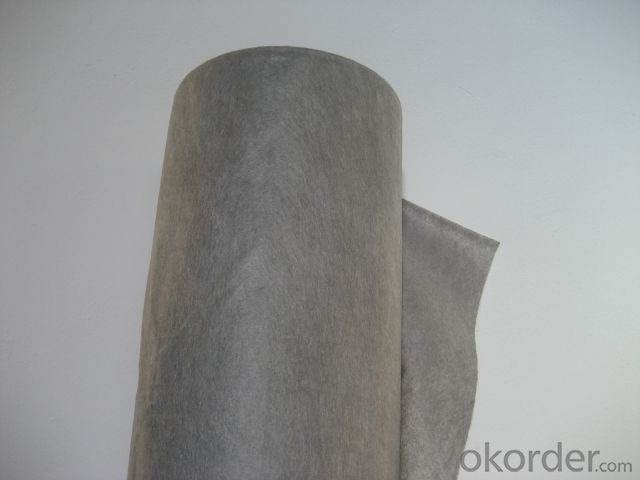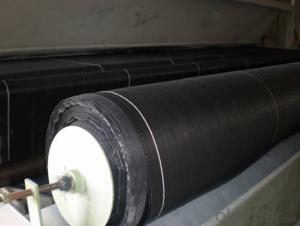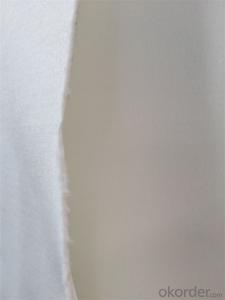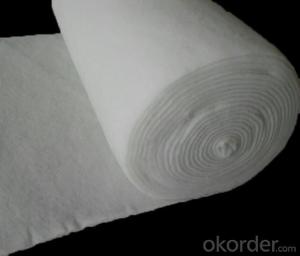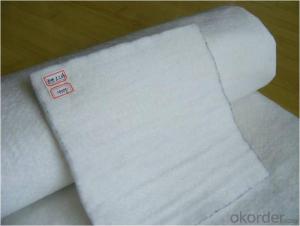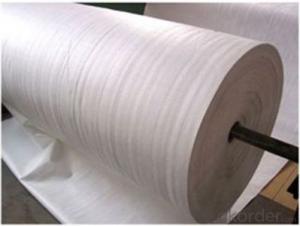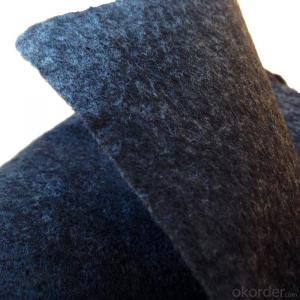Filtration Geotextile for Architectural Engineering Pet Filament
- Loading Port:
- Qingdao
- Payment Terms:
- TT or LC
- Min Order Qty:
- 5000 m²
- Supply Capability:
- 100000 m²/month
OKorder Service Pledge
OKorder Financial Service
You Might Also Like
PET Filament Geotextile for Architectural Engineering
Description Of PET Filament Geotextile for Architectural Engineering
PP or PET needle punched geotextile is made from PP or PE materials by melting down, fiber-drawing, and cutting into 4-9 dtox, 50-76mm PP fibre before carding, lapping and weaving into needle punched non woven fabric.
Main Features of PET Filament Geotextile for Architectural Engineering
Good tenacity, high density, loose structure, anti-corrosion, anti-aging, acid-and-alkali-resistance, good water absorption and permeability, high tensile strength, strong anti-deformation, filtering and isolation performance, operability for construction.
Applications of PET Filament Geotextile for Architectural Engineering
Used in the area of highway, railway, dam, coastal beach for reinforcement, filtration, separation and drainage, especially used in salt marshes and garbage burying field. It can also be used as filter fabric around drainage material, car upholstery, foot pad, clothes liner, gloves, rags and insoles.
IMages of PET Filament Geotextile for Architectural Engineering
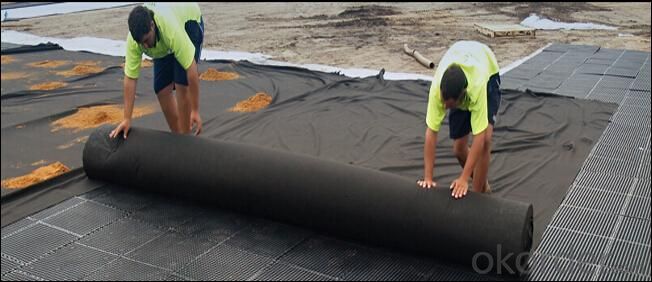
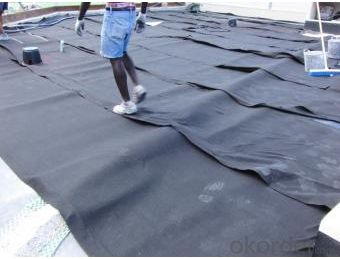
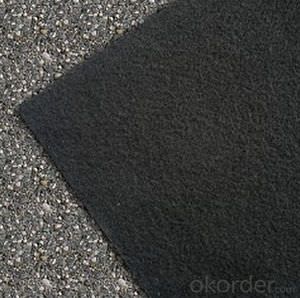
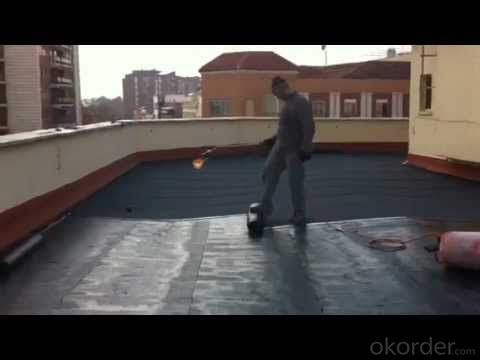
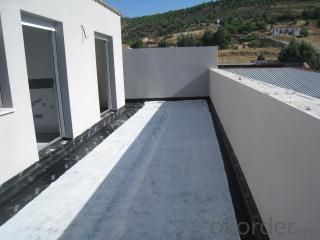
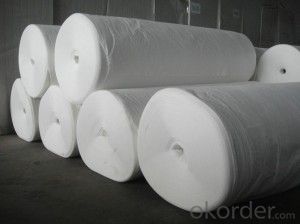
FAQ:
1. What are we supplying?
We are specialized in producing .geotextile , geocell, geogrid, geomembrane
2. How Many years experience do we have?
We have been exported to more than 15 countries in the past 10 years.
3. How long do we usually reply your request?
We always reply our customer within 12 hours.
- Q: Geotextile Commission test how many square meters
- Geotextile performance testing generally need 1-2 square meters is enough. My company specializing in the production of geotextiles, often come to take samples to detect, are generally 1-2 square meters
- Q: How do geotextiles contribute to soil reinforcement?
- Geotextiles contribute to soil reinforcement by providing a strong and stable support system. They prevent soil erosion by acting as a barrier that holds the soil particles in place, preventing them from being washed away by water or wind. Additionally, geotextiles distribute the weight and load of structures evenly, reducing the risk of settlement and improving overall stability.
- Q: Sng400-2.5gb / t-1998 geotextile is what the specifications
- SNG400-2.5 refers to the national standard polyester staple acupuncture non-woven geotextile 400g / ㎡, width 2.5m. The standard code for the GB / T-1998 staple fiber nonwoven geotextile is generally the SNG / (1) (2) / (3) - (4) / (5). (1) that the use of raw materials fiber code: PET-polyester, PP-polypropylene, PA-nylon, PV-vinylon, PE-Ethylene (conventional polyester are generally vacant omitted code) (2) that polyester staple fiber non-woven Geotextile per unit area weight. (3) that the composite products in the polyester staple fiber non-woven geotextile weight per unit area, non-composite product vacancies. (4) width, expressed in meters (5) production department number: can express the product more specific characteristics, functions, varieties, sequences, etc., the general vacancy. For example, 2.5m wide 400g / ㎡ polyester staple fiber non-woven geotextile representation of the method can be SNG / PET400-2.5, can also be expressed as SNG400-2.5
- Q: Are geotextiles resistant to fire damage?
- Yes, geotextiles can be resistant to fire damage. Many geotextiles are specifically designed to have fire-resistant properties, which help prevent them from igniting or spreading flames. However, it is important to note that the level of fire resistance may vary depending on the specific type and composition of the geotextile.
- Q: Geotextile and non-woven fabrics What is the difference
- Geotextile is divided into two non-woven geotextile and woven geotextile, non-woven geotextile and acupuncture and spunlace, staple fiber and long fiber. Nonwovens means that the manufacturing process does not require weaving. Geotextiles are used for geotechnical engineering. Geotextile is part of the textile does not require the manufacture can be made, called non-woven geotextile. Non-woven fabrics can be used very broad, like we use the heart of the soft wipes, are non-woven, as well as the hotel put the shoes of the shoes, but also non-woven.
- Q: Geotextile how much money
- Specifications of different quality prices ranging from geotextiles from November last year to the current price rose too much
- Q: Can geotextiles be used in water retention projects?
- Yes, geotextiles can be used in water retention projects. Geotextiles are permeable fabrics that can help in water filtration, drainage, and erosion control. They can be used to line reservoirs, ponds, or other water retention structures to prevent soil erosion and retain water.
- Q: How do geotextiles contribute to pavement performance?
- Geotextiles contribute to pavement performance by providing reinforcement, separation, filtration, and drainage functions. They help in preventing the mixing of different layers of pavement materials, which reduces deformations and extends the lifespan of the pavement. Additionally, geotextiles improve the load-bearing capacity of the pavement by distributing the load more evenly, reducing the likelihood of cracks or failures. They also aid in filtering out fine particles, preventing clogging and maintaining proper drainage, which further enhances the pavement's durability and resistance to water damage.
- Q: What is the lifespan of geotextiles?
- The lifespan of geotextiles can vary depending on several factors such as the quality of the material, environmental conditions, and the intended application. Generally, geotextiles are designed to have a lifespan ranging from a few years to several decades.
- Q: How about the geotextile pond
- You said to cover the fish pond, I understand is to build the bottom of the fish pond, but the use is not geotextile, but the composite geomembrane, the film is generally two layers of geotextile in the middle of a layer of geomembrane, , And geomembrane on both sides of the geotextile can prevent the bottom of the sharp objects pierced the geomembrane.
Send your message to us
Filtration Geotextile for Architectural Engineering Pet Filament
- Loading Port:
- Qingdao
- Payment Terms:
- TT or LC
- Min Order Qty:
- 5000 m²
- Supply Capability:
- 100000 m²/month
OKorder Service Pledge
OKorder Financial Service
Similar products
Hot products
Hot Searches
Related keywords
